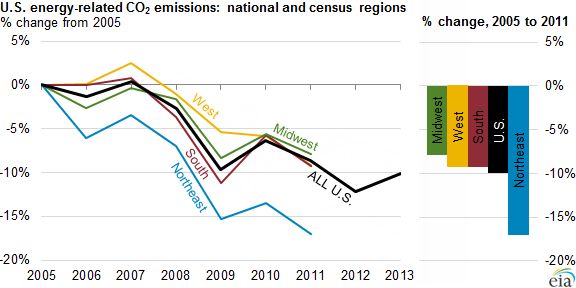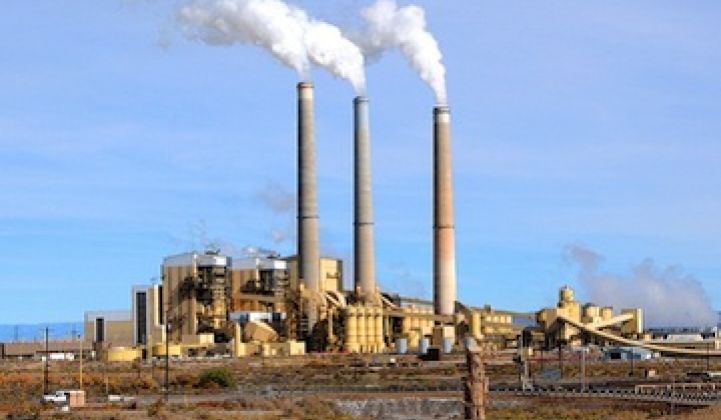All too often, the articles published in the satirical newspaper The Onion could be mistaken for real news reporting. When the U.S. Environmental Protection Agency released its new plan to cut carbon pollution from power plants, The Onion ran a headline that declared “New EPA Regulations Would Force Power Plants to Find 30% More Loopholes by 2030.”
An analyst brief from Bloomberg New Energy Finance does not use the word "loopholes," but the conclusions drawn are not dissimilar. In sum, the calculation procedures are incredibly convoluted. Additionally, some compliance methods wade into uncharted territory, which will surely elicit challenges from stakeholders.
In the paper, BNEF U.S. policy analyst Stephen Munro outlines some of the complexity that could hamper the implementation across 49 states in the coming years. (Vermont and the District of Columbia are exempt because they don’t have any electricity-generating units that would be affected.)
For instance, the EPA calls for the power sector to cut carbon dioxide emissions by 30 percent nationally by 2030 from 2005 emissions levels, but the reductions will take place between the base measurement year of 2012 and the deadline of 2030.
Three states will have to have a percentage reduction of more than 50 percent. Washington state will have to slash emissions by more than 70 percent, and yet North Dakota will only have to reduce CO2 emissions by 11 percent.
“Neither the timeline of these state goals (2012-2030 vs. 2005-2030) nor the metric being used (measure of CO2 intensity usage vs. total CO2 volume reduction) match,” writes Munro.

Munro dives into some of the issues that can are affecting the numbers. Washington’s number is based, in part, on the retirement of a large coal plant. Indiana, on the other hand, which was the fifth-largest emitter of CO2 in 2012, has only 20 percent reduction goal because the EPA has determined that the state has limited access to natural gas. Other coal-heavy states, such as Kentucky and West Virginia, also fall into the group of ten states with the lowest percentage reduction targets.
The adjusted reduction targets are very different than the more basic regional CO2 emissions reductions that are calculated by the U.S. Energy Information Administration.

The EIA has found that from 2005 to 2011, Nevada had the most significant decrease of any state, with a reduction of around 33 percent. But by the EPA’s calculations, Nevada will need to reduce its CO2 intensity by approximately 34 percent by 2030.
Even within the EPA’s calculations, there are contradictions, according to Munro. He noted that the regulations call for California to cut its adjusted emissions rates by 23 percent from 2012 to 2030, but the administration’s own modeling shows that the state could meet compliance even if its power-sector emissions increase by 14 percent.
The proposed standards will likely garner many comments in the next year, not to mention the possibility of legal challenges, but for now, it is too soon to know what it will actually mean for each state or for the national picture of energy production. In particular, the issue of how the EPA will regulate compliance based on energy efficiency will likely be hotly debated in the comment period, since until now, the EPA has only regulated at the point of emissions.
“It will take time (and heavy modeling efforts),” cautions Munro, “to determine exactly what the EPA’s Clean Power Plan means in terms of overall reduction targets, implications for state implementation plans, effects on the electric fleet and power prices.”



